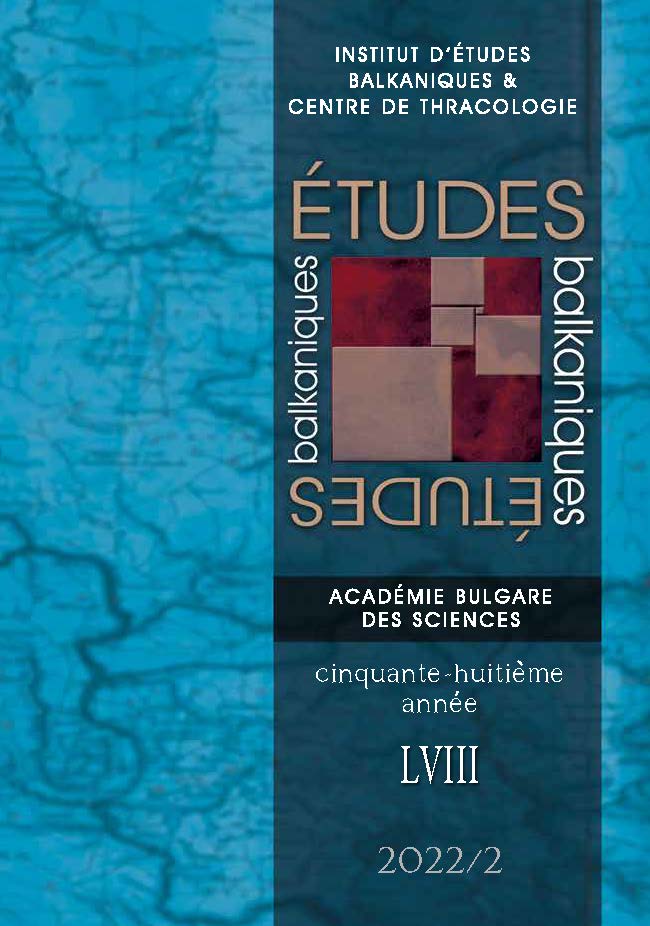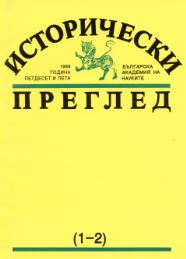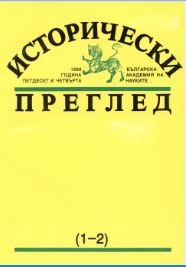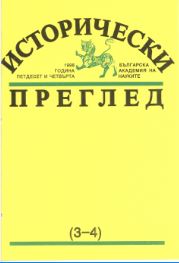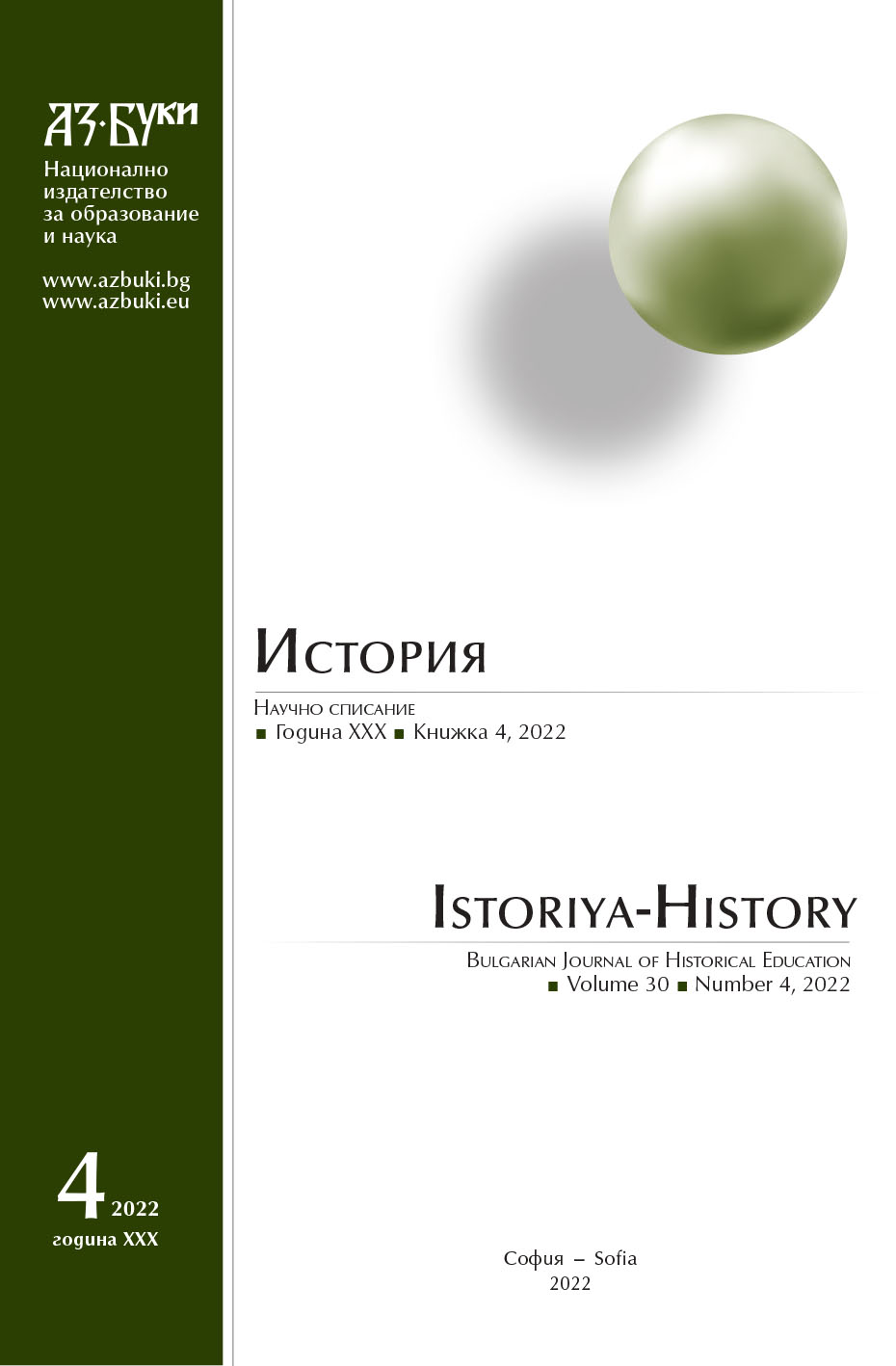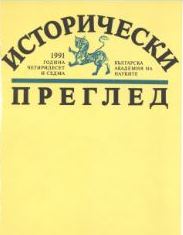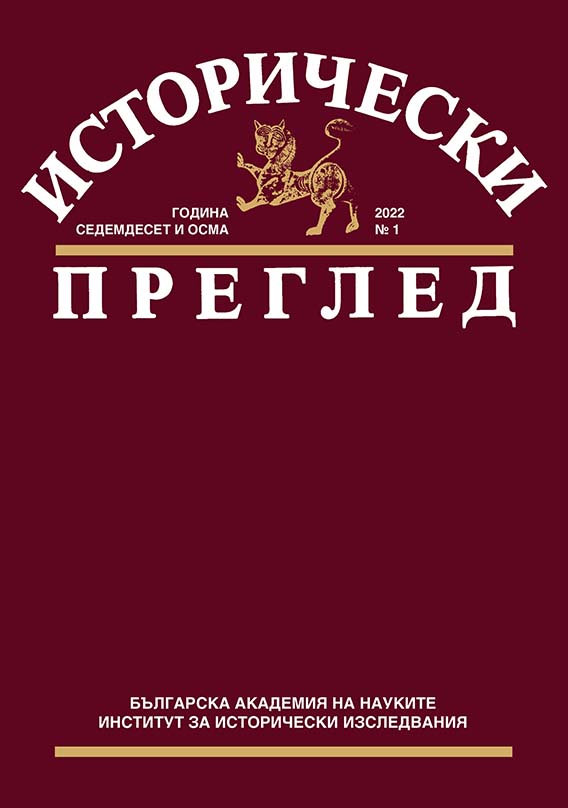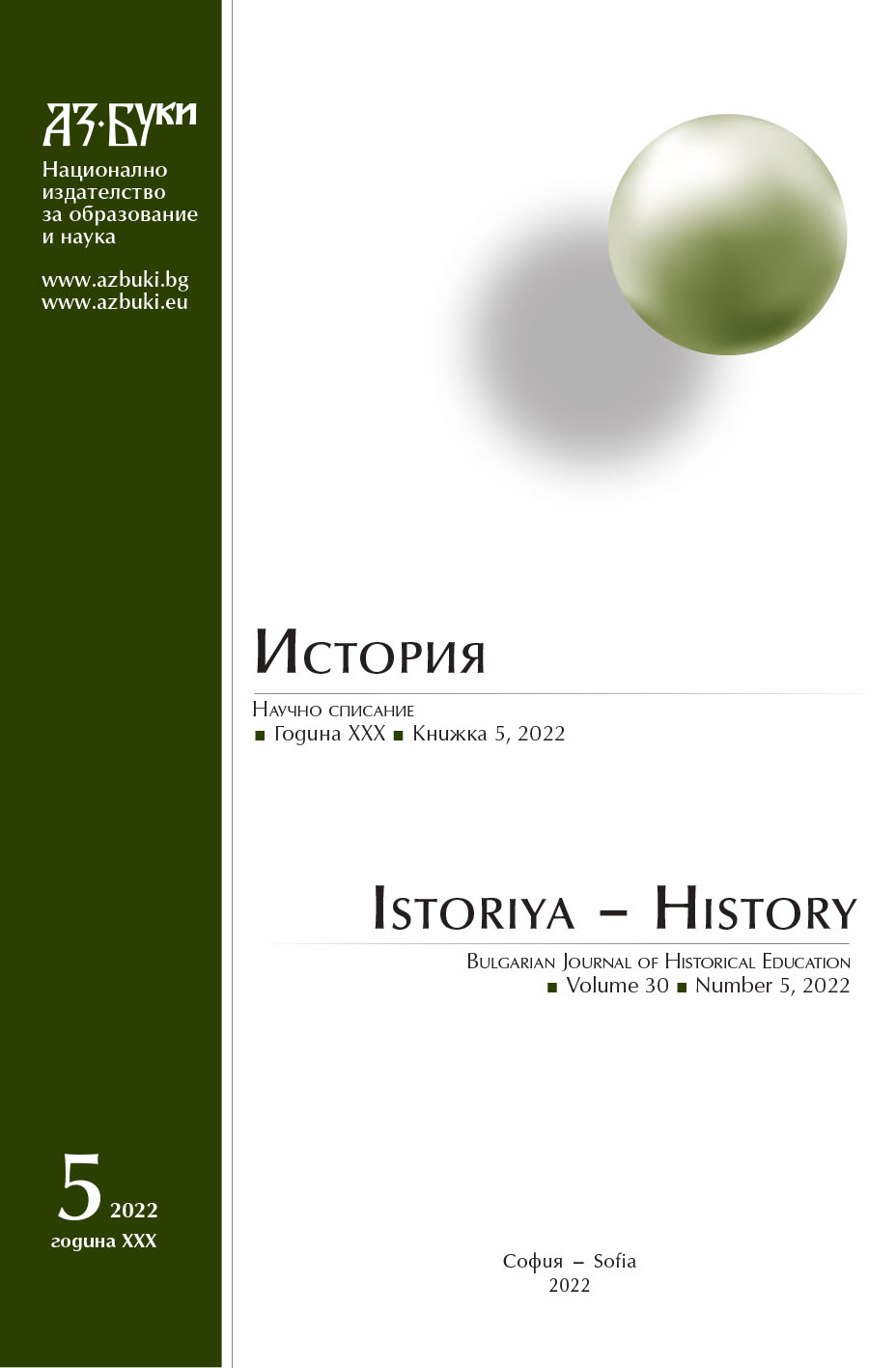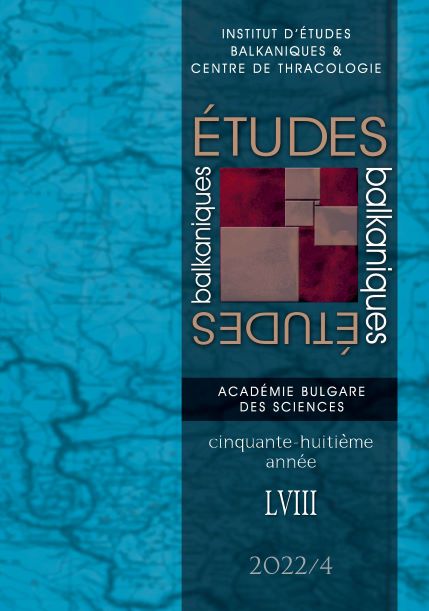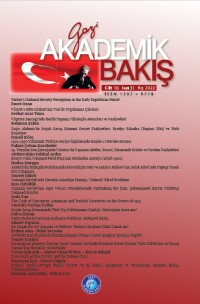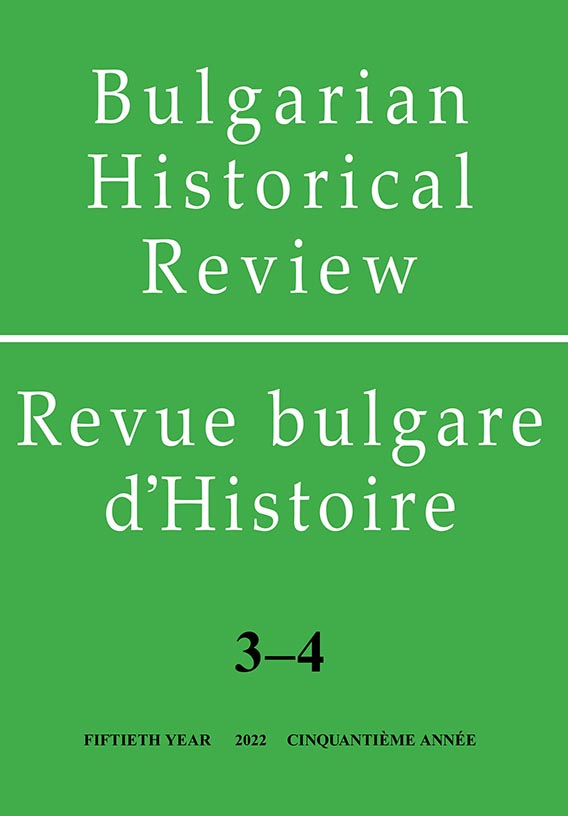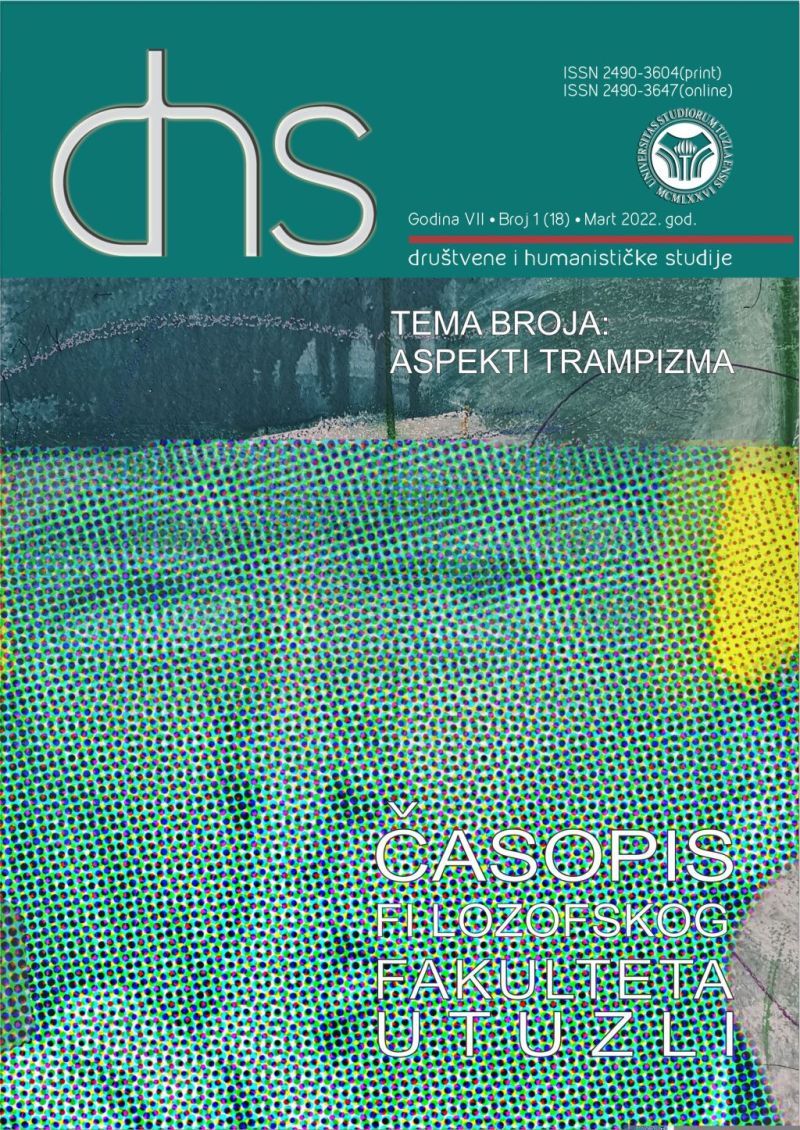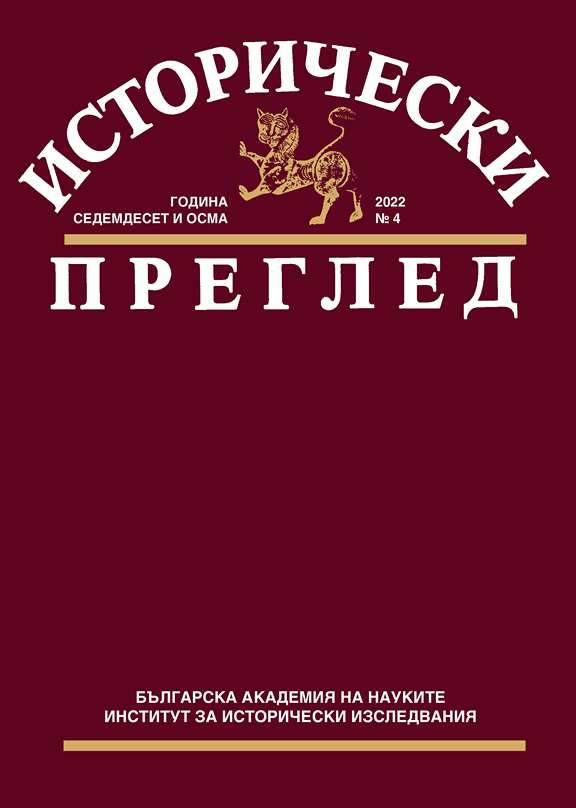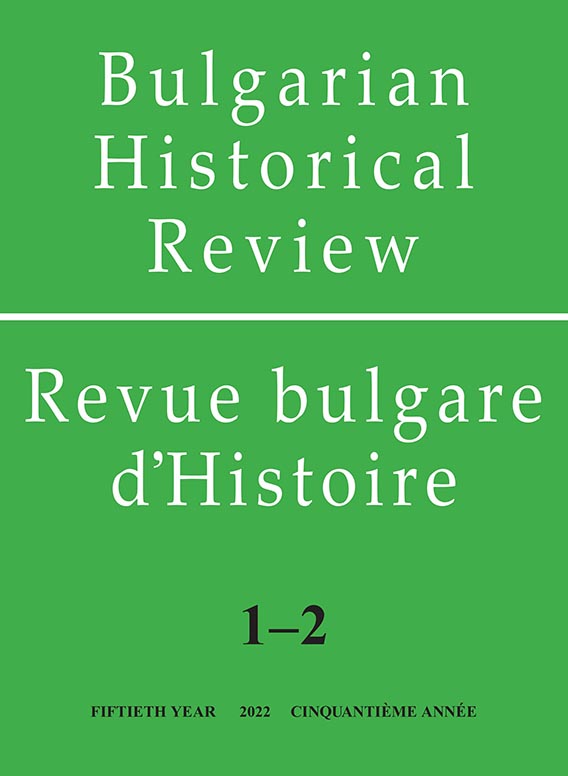
Die bulgarische Armee und das Offizierskorps im Wandel (1887–1912) und der Beitrag von Fürst/König Ferdinand I
The period under study is conditioned by the author’s interest in the period of modernization and Europeanization of Bulgaria, coinciding with the peaceful years of the reign of Prince/King Ferdinand (1887–1912). These were two and a half decades of upsurge in practically all spheres of state development, which yielded brilliant results due to the united efforts of the Crown and the political class. Logically, this effective development not only did not pass by, but also manifested itself in the sphere of the armed forces, which had gone the long way of their modernization from a small and inexperienced army after the Liberation to the strongest militarily Christian state on the Balkan Peninsula on the eve of the Balkan Wars. Without pretending to be exhaustive, the study offers an overview of the development of the Bulgarian armed forces in the period 1887–1912 in the context of the reign of Prince Ferdinand. It deals with issues such as: the state of the army from the Liberation to the end of the Interregnum (1879–1887); the gradual positive change in the field of modernization of the material and training base of the soldiers and officers; the modern legislative activity of the time; the rearmament of all branches of the army using the most modern Western systems; the establishment of the Institute of Reserve Officers and of the Army Reserve Cadre; the training of officers and sergeants in Bulgaria and abroad (with emphasis on the posting of officers to Russian and Western European training establishments and academies). Important problems are not overlooked, such as the development and maintenance of the cavalry stock and base, the creation of military intelligence, the emergence and development of the problem of Bulgarian soldier and officer uniforms and their direct dependence on the foreign policy context of the time, etc. Among the main contributions of the study is the juxtaposition of the two first Bulgarian rulers, Prince Alexander I and Ferdinand I in their attitude to the military theme and its protagonists, both in practical and political terms. No less interesting is the consideration of the question of the attitude of the two heads of state towards the senior officers and their ability to lead and turn them into instruments of their aims and intentions.
More...
